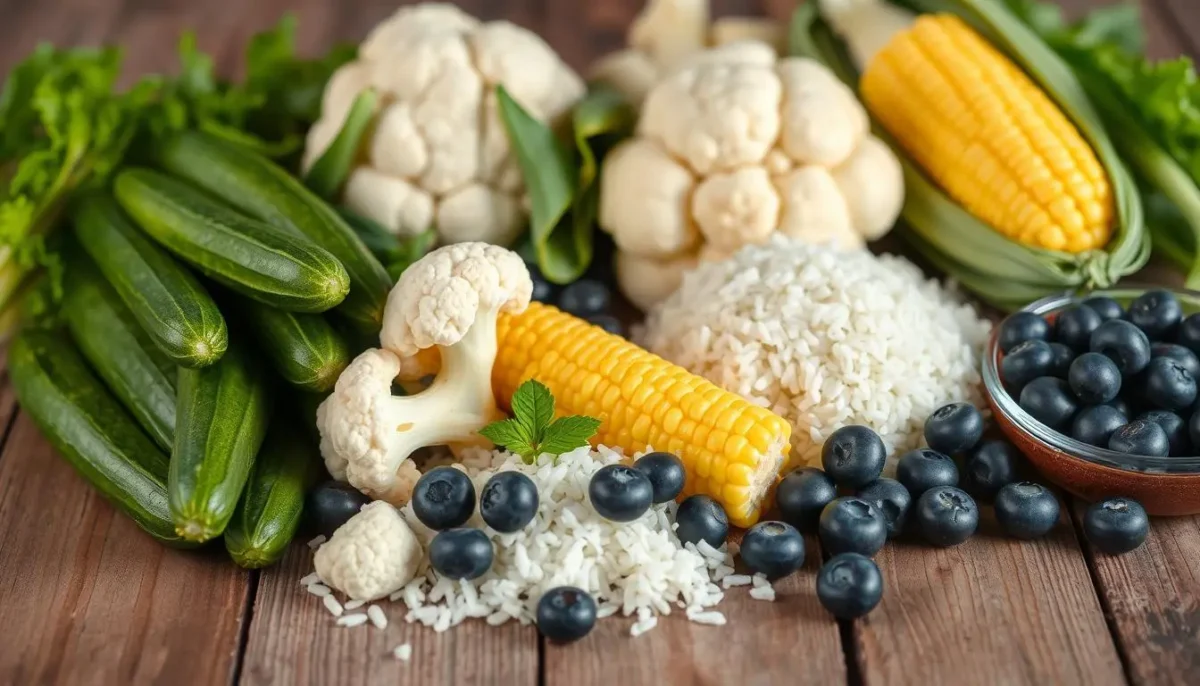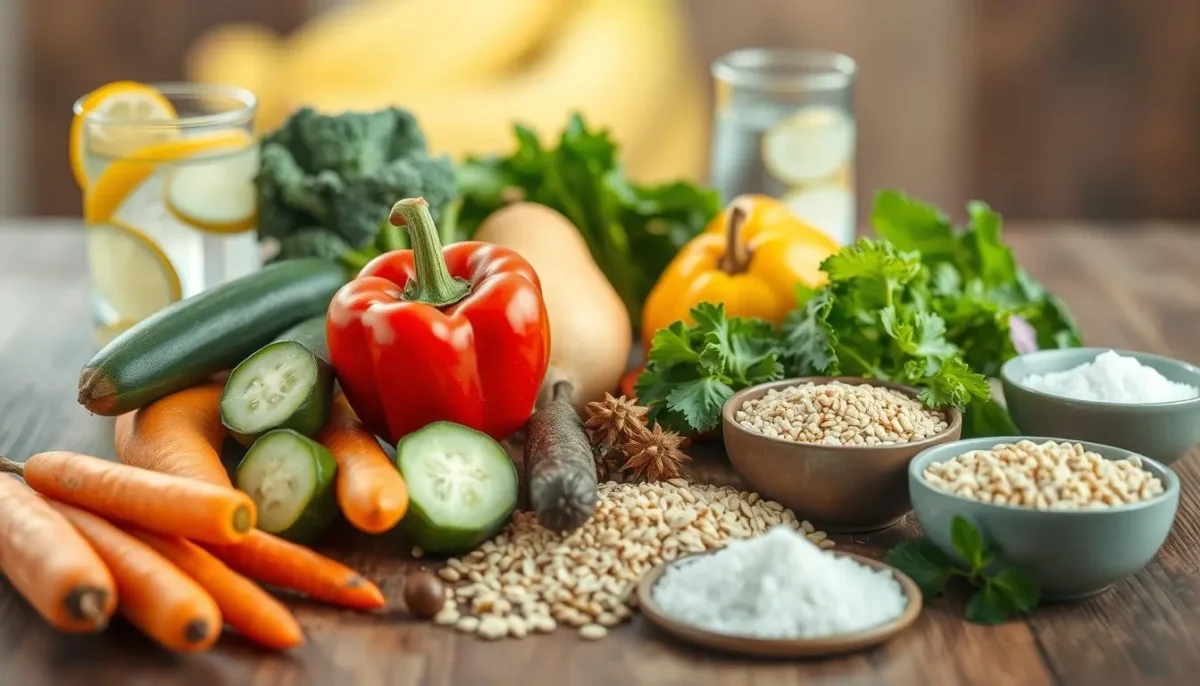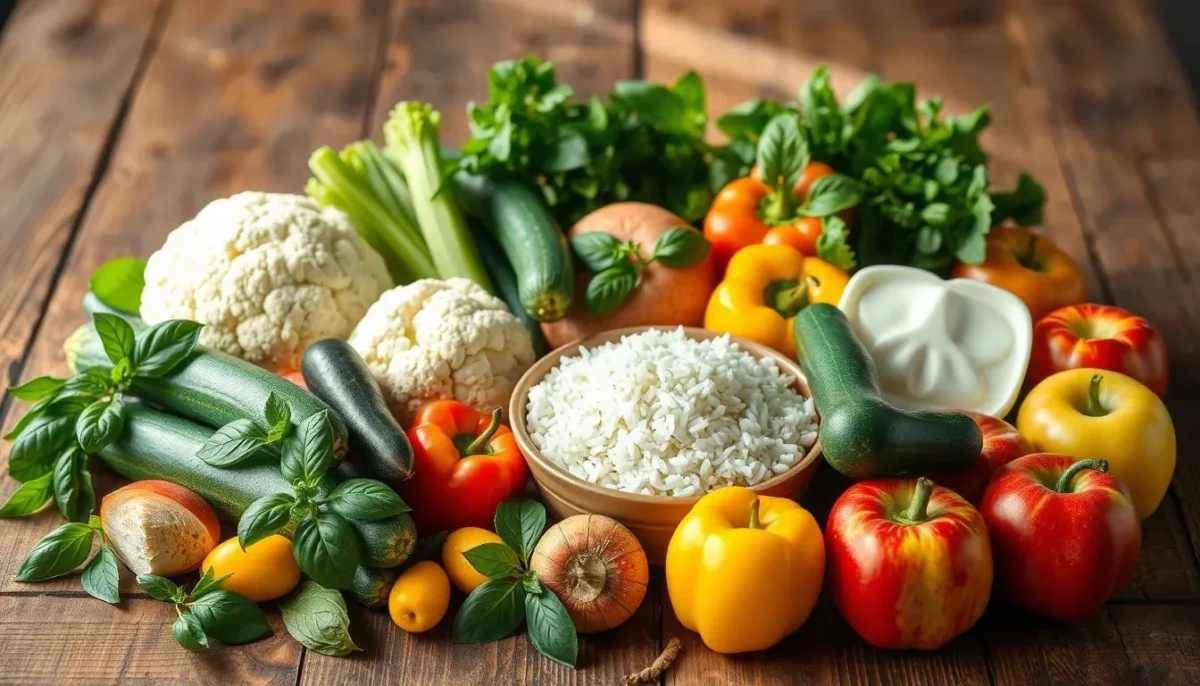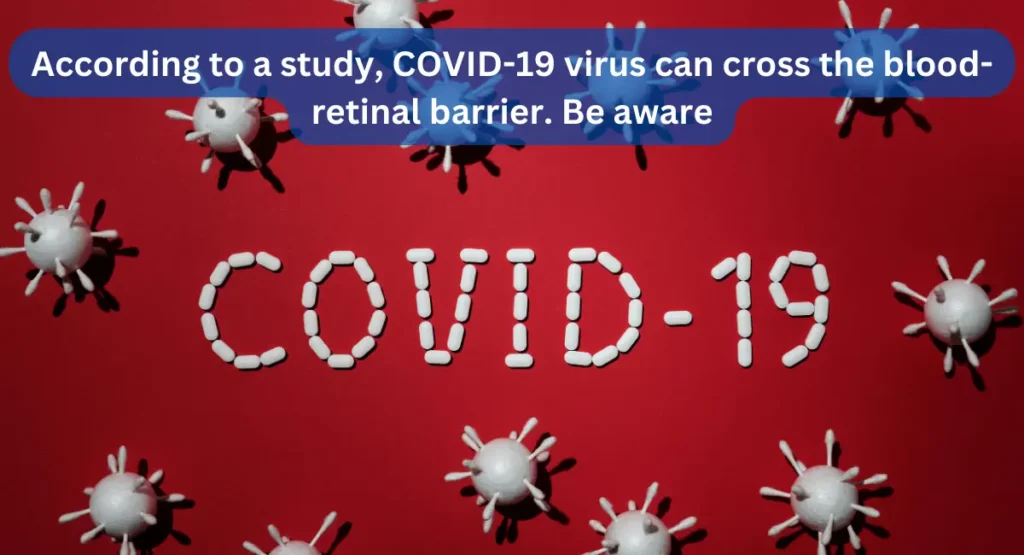struggled with high potassium levels. High potassium, or hyperkalemia, is a serious issue that needs careful watching. I’m excited to share 15 tasty foods to eat to lower potassium levels and keep your kidneys healthy.
This guide covers fresh fruits, veggies, grains, and more. These foods are great for a diet that limits potassium. They’re perfect for anyone on a renal diet or just wanting to eat healthier for their heart
15 Foods to Eat to Lower Potassium Levels
struggled with high potassium levels . High potassium, or hyperkalemia, is a serious issue that needs careful watching. I’m excited to share 15 tasty foods to help lower potassium levels and keep your kidneys healthy.
This guide covers fresh fruits, veggies, grains, and more. These foods are great for a diet that limits potassium. They’re perfect for anyone on a renal diet or just wanting to eat healthier for their heart.

Key Takeaways
- Maintaining a balanced electrolyte diet is crucial for managing high potassium levels.
- A potassium-restricted diet can help lower potassium levels and support overall kidney health.
- Fresh fruits, vegetables, grains, and other low-potassium foods can be incorporated into a renal diet.
- Consuming a heart-healthy, kidney-friendly diet can help manage hyperkalemia and maintain electrolyte balance.
- This comprehensive guide provides 15 delicious food options to help lower potassium levels.
Understanding the Importance of Potassium Control
Keeping the right amount of potassium is key for good health. It helps control fluid levels, nerve work, and muscle movements. It’s very important for people with kidney problems or at risk of too much potassium.
Why Monitoring Potassium Intake Matters
Getting enough potassium helps keep kidneys working right and supports the heart. It keeps blood pressure in check, stops muscle cramps, and makes the heart beat right. Watching how much potassium you take helps keep your electrolytes balanced and lowers the risk of problems.
Risks Associated with High Potassium Levels
- Increased risk of heart palpitations and irregular heartbeats
- Potential for muscle weakness, numbness, and tingling
- Elevated risk of kidney damage and chronic kidney disease progression
- Heightened susceptibility to hyperkalemia, which can be life-threatening if left untreated
Knowing how important it is to control potassium is key to staying healthy. By eating foods with less potassium, people can keep their levels right. This helps protect their kidneys and heart for the long run.

“Maintaining a balanced potassium level is essential for optimal kidney function and cardiovascular health. A well-designed, low-potassium diet can help individuals with kidney issues or at risk of hyperkalemia manage their potassium intake and reduce the risk of serious complications.”
what foods to eat to lower potassium levels
Keeping your potassium levels in check is key if you’re on a low-potassium diet. Luckily, there are many foods that don’t have much potassium. These foods can be part of your meals to help control your potassium levels. Let’s look at some great choices for your diet.
Fresh Fruits and Vegetables
Fresh fruits and veggies are great for lowering potassium levels. Here are some foods that are low in potassium:
- Apples
- Berries (blueberries, raspberries, strawberries)
- Broccoli
- Cauliflower
- Cucumber
- Lettuce
- Zucchini
Grains and Starches
Low-potassium grains and starches can also be good for your diet. Here are some options to think about:
- White rice
- Pasta
- Bread (white or sourdough)
- Crackers
- Potatoes (without the skin)
Choosing these foods helps you make tasty meals that are good for your health.
| Low-Potassium Food | Potassium Content (mg per serving) |
|---|---|
| Apple | 107 |
| Broccoli | 290 |
| Pasta | 26 |
| White Rice | 35 |
| Lettuce | 148 |
Always talk to your doctor or a dietitian to get a meal plan that fits your needs.

“Incorporating a variety of low-potassium foods into your diet can help you manage your potassium levels and maintain overall health.”
Incorporating Low-Potassium Foods into Your Diet
Keeping a healthy balance of potassium is key. Adding low-potassium foods to your meals can really help. We’ll look at tasty and safe options like fruits, veggies, grains, and starches.
Fresh Fruits and Vegetables
Start by picking low-potassium fruits and veggies. Choose apples, berries, pears, and citrus fruits for snacks. For veggies, go for broccoli, cauliflower, spinach, and zucchini. They’re low in potassium but full of good stuff.
Grains and Starches
Adding low-potassium grains and starches gives you energy without raising potassium levels. Use rice, pasta, and bread often because they’re low in potassium. Also, try quinoa, barley, and oats for their heart health benefits.
FAQ
What are the best foods to eat to lower potassium levels?
Good foods to eat to lower potassium levels are blueberries, apples, green beans, eggplant, and white rice. These foods are low in potassium. They can help manage hyperkalemia and keep electrolytes balanced.
Why is it important to monitor potassium intake?
Keeping potassium levels right is key for our health, especially if we have kidney issues or risk hyperkalemia. Too much potassium can cause heart rhythm problems and muscle weakness. Watching what we eat and sticking to a low-potassium diet helps manage our electrolytes. It also supports our heart and kidney health.
What are the risks associated with high potassium levels?
High potassium levels, or hyperkalemia, can be dangerous. They can cause irregular heartbeat, muscle weakness, and even heart attack. People with kidney disease or other issues need to watch their potassium intake. A low-potassium diet helps avoid these serious problems.
How can I incorporate more low-potassium foods into my diet?
Adding low-potassium foods to your diet is easy. Choose fresh fruits like blueberries and apples. Go for veggies like green beans and eggplant. For grains, pick white rice, pasta, and bread. Planning meals with these foods helps make tasty, healthy dishes. It also supports our health and keeps electrolytes balanced.
Reafrence source
also Read

8 Foods That Fight Aging and Keep You Young

9 Must-Eat Foods for Healthy, Glowing Skin This Winter

10 Shocking Statistics About Ultra-Processed Foods You Need to Know



